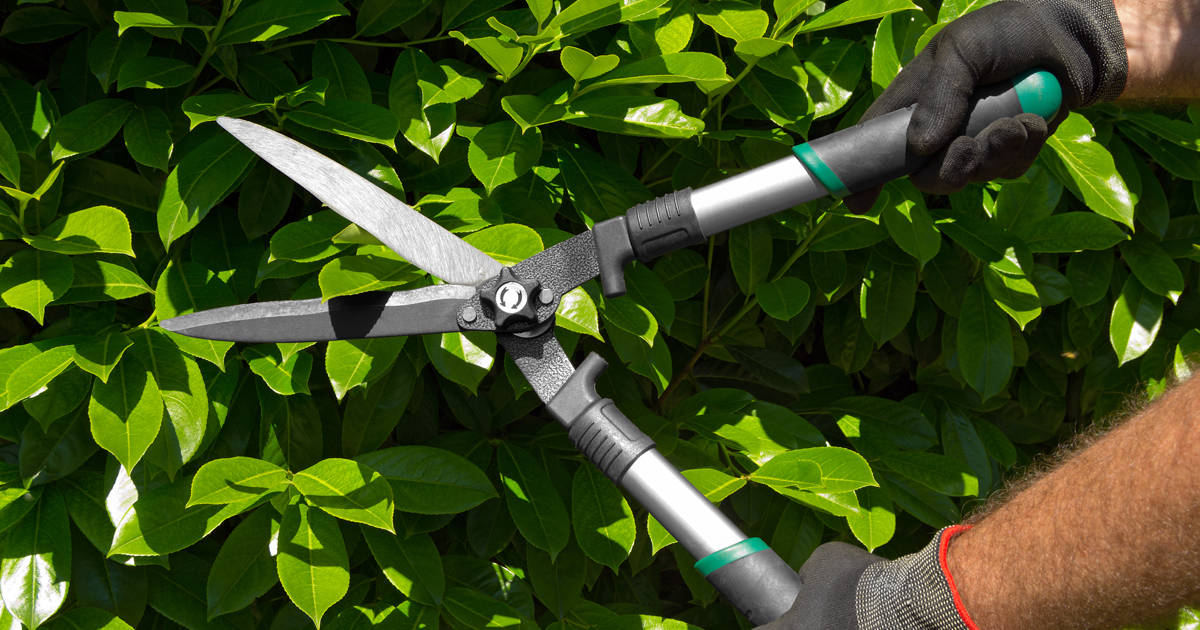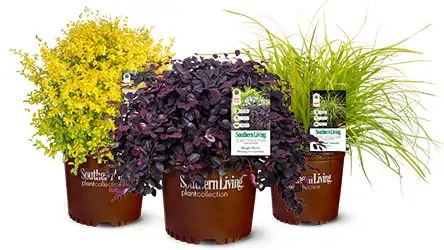Download a printable care sheet!
Trees add immense value to the landscape, both aesthetically and economically. Properly pruning young trees improves their health, vigor, and structural strength. A well-maintained tree is less prone to pest and storm problems and lives longer. And of course, structural pruning improves the visual appearance of a tree for years to come. Here are the steps to follow if you are looking to “shape up” the trees in your garden.
Getting Started with Pruning
After planting, pruning should be limited to broken or damaged limbs for the first year. During the first growing season, newly transplanted trees need as many leaves as possible to produce energy for root growth and establishment. Take advantage of this time to study the tree’s form and identify potential weaknesses, such as crossing branches or narrow branch angles.
Selecting Main Branches
Structural pruning may begin in the second growing season. The goal is to establish a series of strong branches that are evenly spaced along and around the trunk. Typically, the main branches or scaffold branches are spaced in a spiral pattern up the trunk. On large shade trees like oaks and maples, these branches may be spaced 18 to 24 inches apart. On small ornamental trees such as Empress of China® Dogwood, scaffold branches may be closer together – about 8 to 12 inches apart. These branches provide the main framework of the tree. It can take several years of selective pruning to establish a series of scaffold branches.
Making the Cut
Determining which branches to keep and which to remove may seem challenging. Start by removing branches with weak angles of attachment to the trunk. Narrow branch angles are more likely to split during storms. Remove branches with V-shaped angles or those less than 45 degrees. Strong branches have a wider angle of attachment – between 45 and 90 degrees. These make the best scaffold branches. Other branches to remove include those growing at odd angles across or through the tree, and rubbing or crossing branches.
It is important to note tree branches do not move up vertically from the ground as the tree grows. They generally stay the same distance from the ground, with new growth adding additional branches higher in the canopy. Consider the branch position and try to picture the tree’s appearance as the scaffold branches grow in diameter. Walk around the tree and step back, comparing both the vertical and radial position of each potential scaffold branch before making a selection.
Raising the Canopy
Gardeners often choose to limb up lower branches to raise the height of the canopy. Approach this process slowly to maintain protection of the trunk during the first several winters. Many young trees have thin bark that is susceptible to sunburn and winter injury. Therefore, it is important to maintain some lower branches to provide shade to the trunk. As the tree matures, these limbs can gradually be removed until the canopy is at the desired height.
Exercise Patience
Structural pruning is a gradual process and will take a series of cuts over a few years to complete. When working, step back each time you remove a few branches and walk around to determine if any more cuts are required. At each pruning, no more than one-fourth of the tree canopy should be removed. As the tree takes shape, you will be rewarded for your patience.






